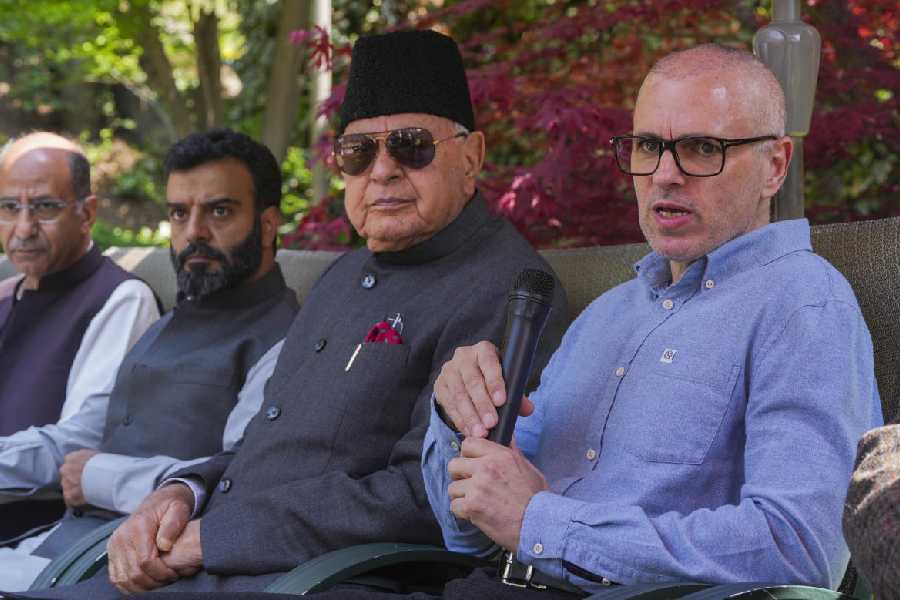Selecting a heatwave index is crucial for identifying dangerous conditions across varied geographies and weather, according to a study that found that many existing indices failed to capture severity of heatwaves, including those in India.
As the planet warms, heatwaves have become more frequent and intense, emerging as a significant contributor to heat-related deaths. Researchers said that this underscores the urgency of recognising their impact and severity.
In the study, published in the journal Nexus, the researchers from The Hong Kong Polytechnic University analysed six available heat wave indices, including the Wet Bulb Globe Temperature (WBGT) index and Canada's humidex.
WBGT index was first developed in the 1950s by the US military to prevent heat-related illnesses in training camps.
The authors found that five of them failed to identify dangerous heat stress days during the heatwaves of Spain and the US in 2022 and those in 2023 in India's West Bengal and Uttar Pradesh.
Because of low humidity, the air was largely dry during these heat waves, even as these regions registered record-breaking temperatures, they said.
How lethal a heat wave is depends not only on temperatures recorded, but also humidity in the air, the researchers said.
They explained that just as how humid air can be a reason for severe fatality even under low temperatures, conversely, dry air can somewhat counter the impact of high temperatures, thereby contributing towards underestimating the actual heat stress on such days.
The authors found that of the six indices they studied, only one -- the 'lethal heat stress index' -- was able to account for these countering effects of dry air, and therefore, performed better in identifying days with dangerous heat wave conditions.
The lethal heat stress index is based on temperature and humidity for identifying conditions that could likely lead to human death, as opposed to others that use labels such as 'extreme danger' and 'heat stroke imminent,' the authors said.
They added that even though many other indices account for humidity in their calculations, the way they do this differs.
"The lethal heat stress index applies a correction factor to relative humidity, which means that it is better at predicting dangerous heat conditions in regions which have very low humid conditions compared to the other indices," said first author Pir Mohammad, an earth scientist at The Hong Kong Polytechnic University.
In a 2022 study, published in the journal Science Advances, scientists, including those from Ghent University, Belgium, proposed the metric 'lethal heat stress temperature,' along with a formula for calculating it.
Their study found that dry soils (having no moisture) in the morning could bring down heat stress for humans in the afternoon by almost five per cent, despite their warming effects.
The recent study's results emphasise the limitations of available heat indices in detecting dangerous heatwave conditions, especially when humidity in the air is low, the authors said.
"The present research focuses on the gap and need for developing global heat wave frameworks to effectively identify dangerous heat wave outdoor conditions over diverse climatic and geographic regions," they wrote.
In May 2023, the India Meteorological Department announced that it would launch a composite index to quantify the effects of heat on people and generate impact-based heatwave alerts for specific locations.
An experimental heat index was being rolled out in different parts of the country, which was determining how hot it really feels by considering air temperatures and humidity.
Except for the headline, this story has not been edited by The Telegraph Online staff and has been published from a syndicated feed.










